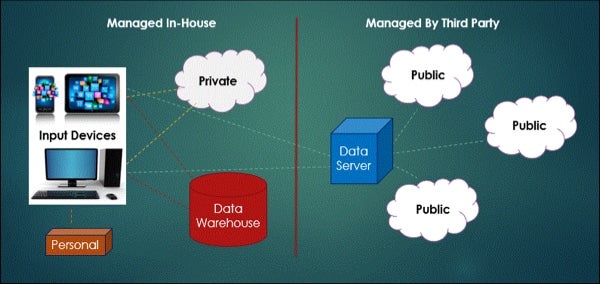Thus they play an important part in increasing coverage area and providing additional capacity and faster service to consumers transmitting voice and data. However they cover a much longer distance than the 4G towers.
 This Is What I Think In Relation To The Coming 5g Networking Let Me Know Yours
This Is What I Think In Relation To The Coming 5g Networking Let Me Know Yours
The speeds however will vary depending on location network traffic amount of 5G cell towers and other factors.

5g towers vs 4g towers. This includes more high-definition video streaming eg 4K and 8K and livestreaming of video. This will greatly increase our RF Radiation exposure. 5G Cell Towers are more dangerous than earlier cell tower generations because they expose us to a wider variety of RF Radiation frequencies.
5G uses between 24 to 90 gigahertz frequency. More are needed to cover the same amount of space theyre much smaller and they transmit data on an entirely different part of the radio spectrum. In other words 4G signals are non-directional.
5G networks have major technical differences to 4G in almost every aspect of their architecture in the radio access portion of the mobile network this difference is in the antennas. Indeed these towers provide the core mobile network coverage for wireless carriers to provide 4GLTE and now 5G services. You might say 5G is radiation on demand.
In simpler terms it has less range than a 4G tower therefore a greater number of 5G towers are needed to be installed. 5G also uses shorter wavelengths which means that antennas can be much smaller than existing antennas while still providing precise directional control. A 5G tower is different than a 4G tower both physically and functionally.
A cell system hands off to the next tower when the cell signal detects the need to do so. What is The Difference New Towers For 5g 5g Battery Drain Problems 5g Speed Test. How are they different to 4G towers rooftops and small cells.
But unlike the current LTE sometimes called 4G technology most carriers use to beam data smartphones 5G requires a more dense network of towers to. Not only do they emit the higher 5G microwave frequencies between 24 GHz to 300 GHz but they emit many of the lower 2G 3G 4G frequencies as well between 1 GHz to 6 GHz. The main difference between a 4G and 5G network in the setup is in their towers.
Quick-look comparison of 4G and 5G Towers 1. Current 4G networks use relatively low radio frequencies compared to 5G networks which take advantage of the extremely high frequencies opened up by the Federal Communications Commission FCC for civilian use in 2016. The difference is both physically and functionally.
As you might know cell phones use radio frequency signals to communicate with cell towers. The second factor is that because some cell towers will support multiple networks 2G 3G 4G and 5G there is a physical limit to the amount of kit that a site can support. Interestingly 5G towers are much smaller than the 4G towers.
Users of 5G will enjoy the faster speeds which will enable more video streaming. It is estimated that they will need a mini cell tower every 2 to 8 houses. Published on Jul 9 2020.
In broadcast such as AM FM TV MICROWAVE etc. Everyone and everywhere gets flooded with radiation because 4G doesnt point to places its needed. Lightweight compact multi-functional equipment reduces demand on space significantly.
While the faster 5G networks are likely to beat 4G speeds by 10 times or more and in the future could potentially even be hundreds of times faster in reality the average user will have access to more reasonable numbers than those. Range of cell towers is irrelevant when speaking of 4 G LTE And 5 G since towers are limited to that Cell. The range of a 5G tower is.
This is very different from 4G towers that fire data in all directions potentially wasting both energy and power to beam radio waves at locations that arent even requesting access to the internet. 5G will improve the speed of downloads by 10 to 100x as compared to a 4G network. 4G cell towers broadcast a signal continuously 247 whereas 5G activates only when a wireless device demands a signal.
Rival T-Mobile by comparison has some low and mid band towers dedicated fully to 5G delivering service that ranges from unimpressively 4G-like. 1G 2G 3G and 4G use between 1 to 5 gigahertz frequency. Their job is to relay transmit and boost signals.
Higher Density iii 5G. Cellular towers are steel structures that typically range from 100 to 400 feet in height that hold communications equipment and broadcast frequencies for 5G. 0025 5g is more faster and.
5G and 4G cell sites have essentially the same function.



